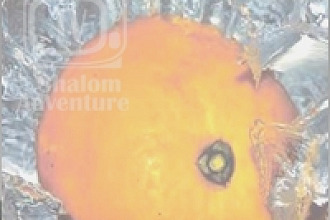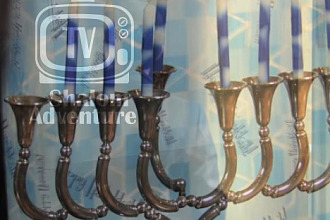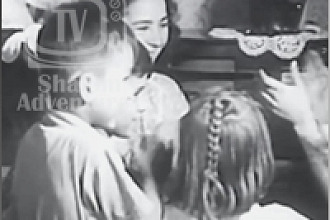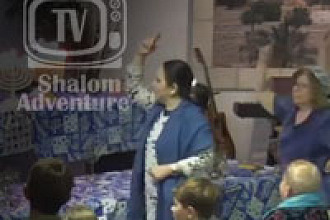Though variations of the grogger have been commonplace among Ashkenazic Jews dating back to the Middle Ages, the integration of groggers into the megillah readings is a more recent addition by the Sephardic Jews.
Groggers, believed to originate from wooden paddles or stones among children in 13th or 14th century France and Germany, are used during the megillah reading each time Haman’s name is spoken, as a way of fullfilling the Biblical commandment in Exodus 17:4 to, "blot out the remembrance of Amalek from under the Heavens" on the premise that Haman may be a decendent of the Amalakites.
“Haman and Amalek can have no power over us when we Jews as a collective body are true to our G-d,” Avi Lazerson wrote in the Jewish Magazine. “As long as we are strong in our faith and live according to G-d's commandments, He will protect us from wicked people such as Amalek and Haman. But once we slack off our observance and begin to alter our belief, we lose our divine protection.”
“That is the message of Amalek: the grogger is like an alarm clock that comes to remind us to remember to eliminate the memory of Amalek from this world; that we all should return to G-d with a whole and pure heart,” Lazerson continued. “In this manner, we will reach the joy of G-d's divine protection and only then shall we live secure.”
Written by Erin Parfet


























